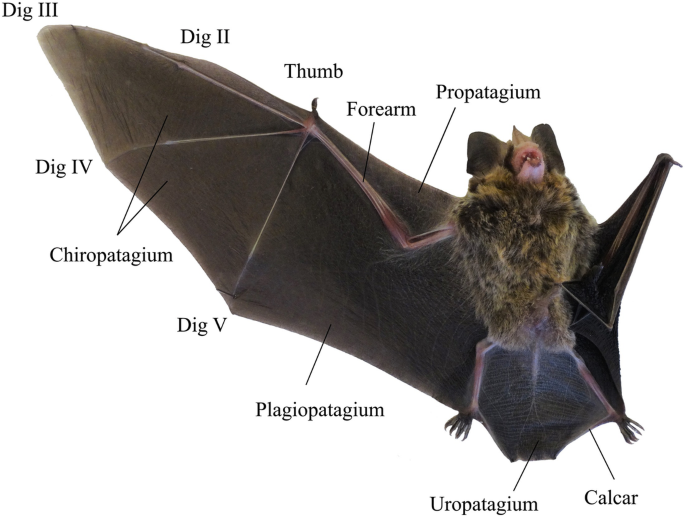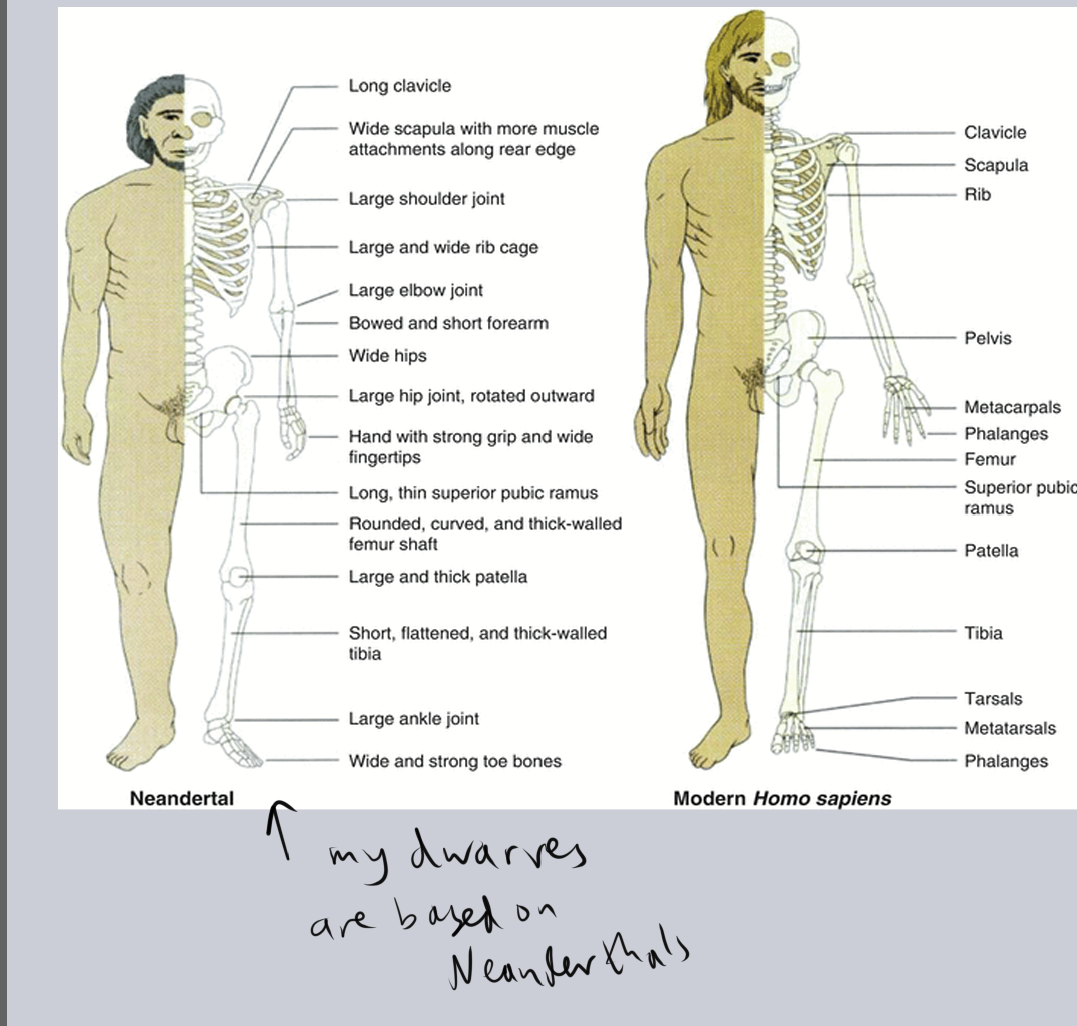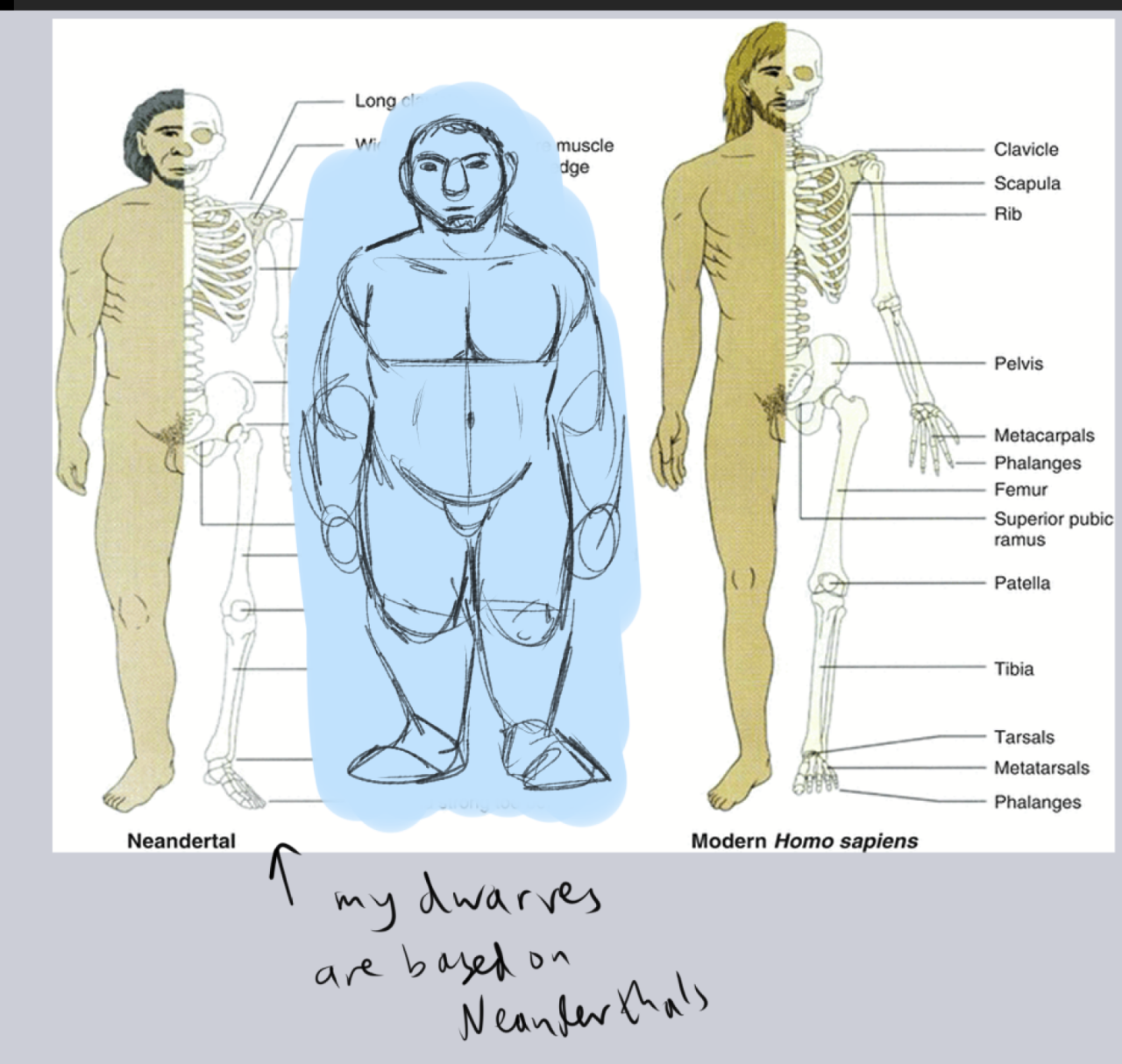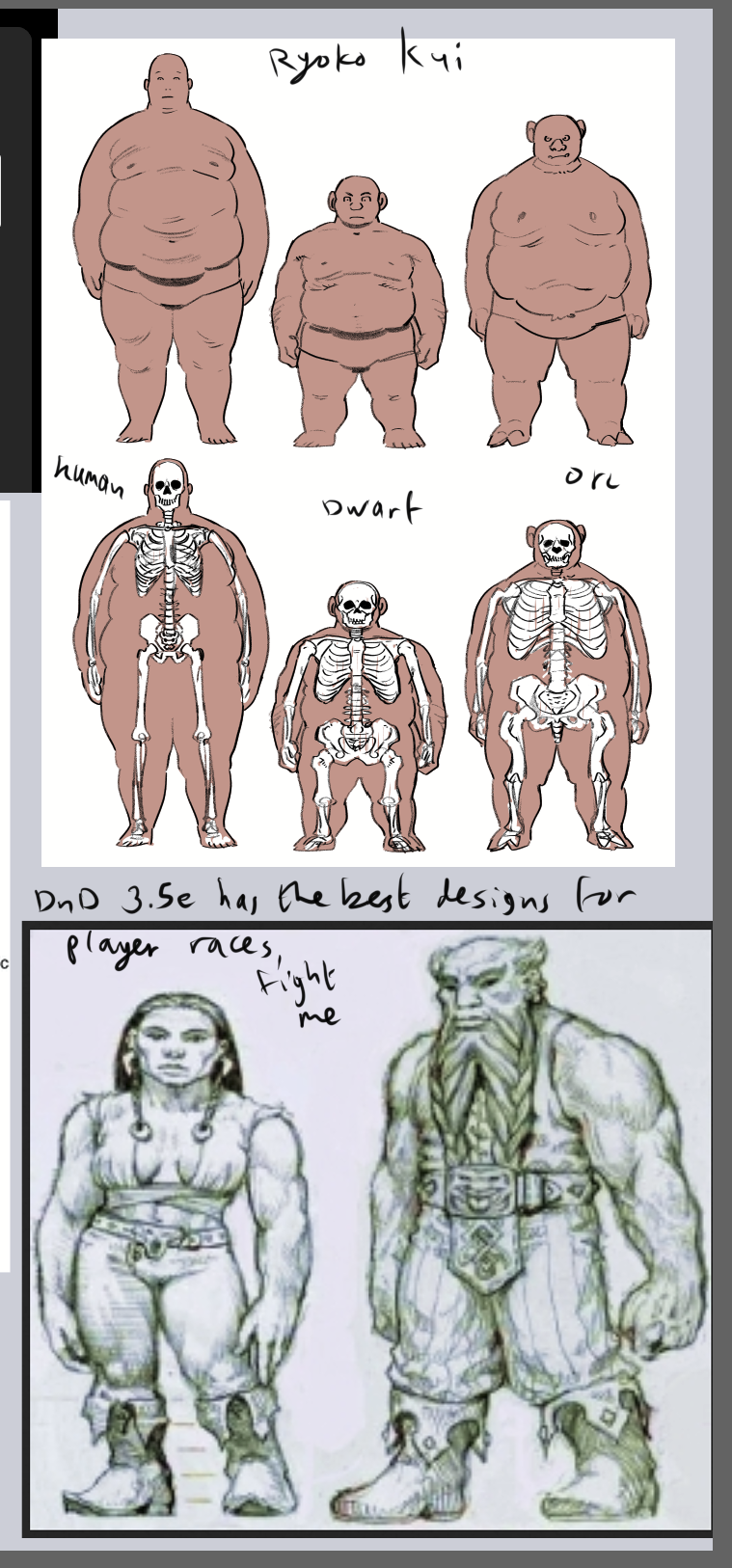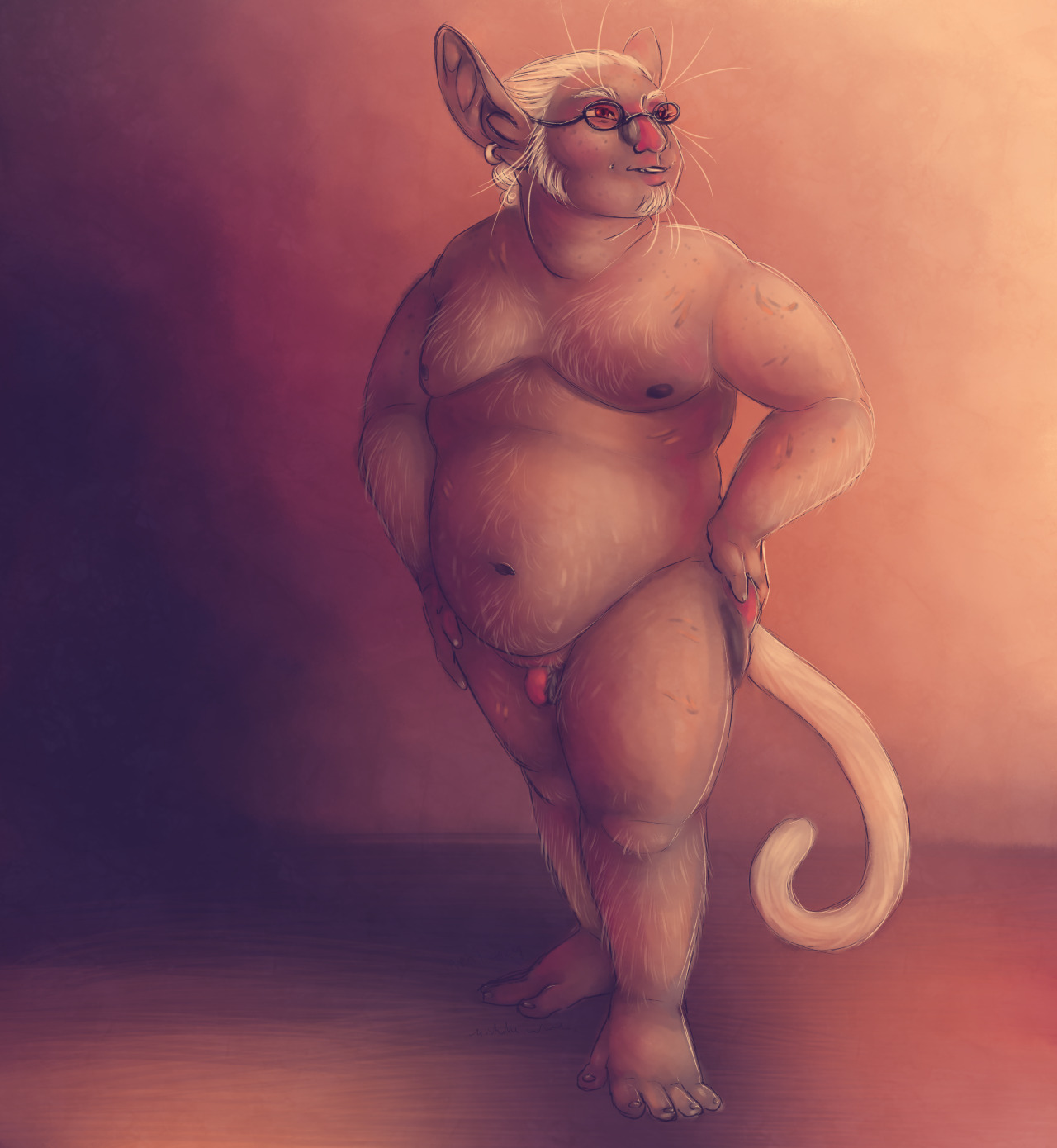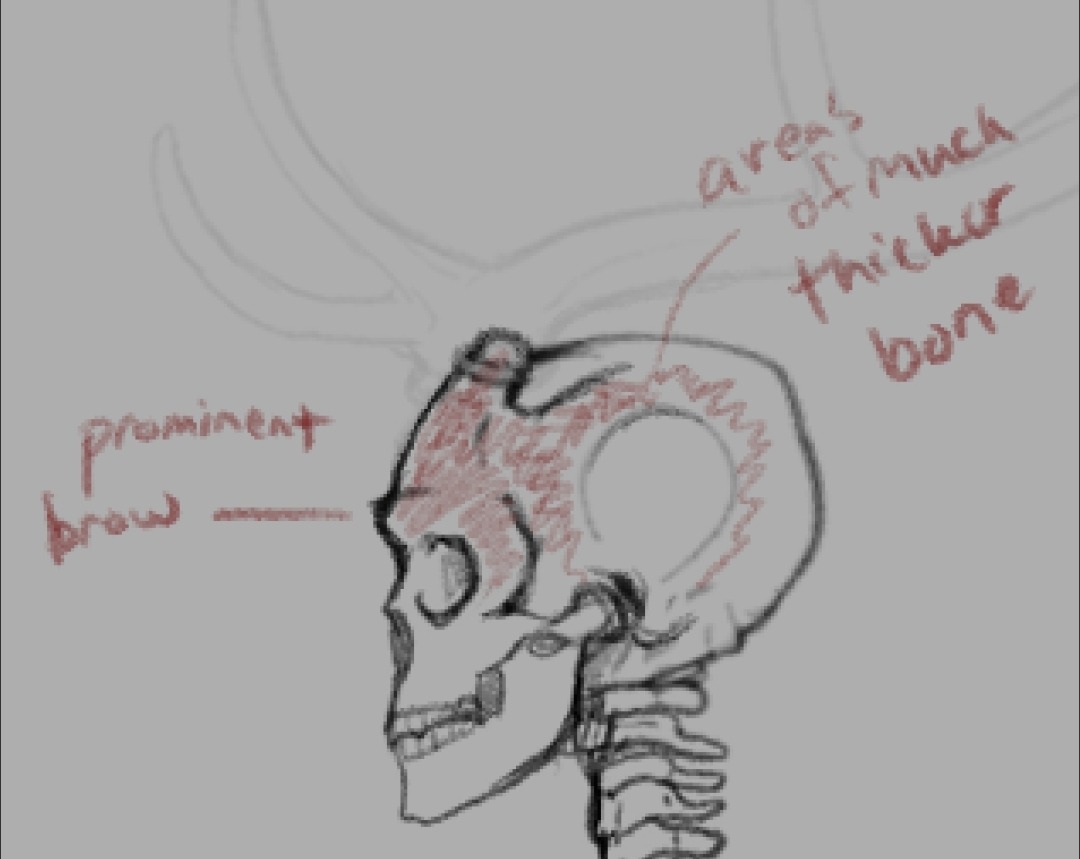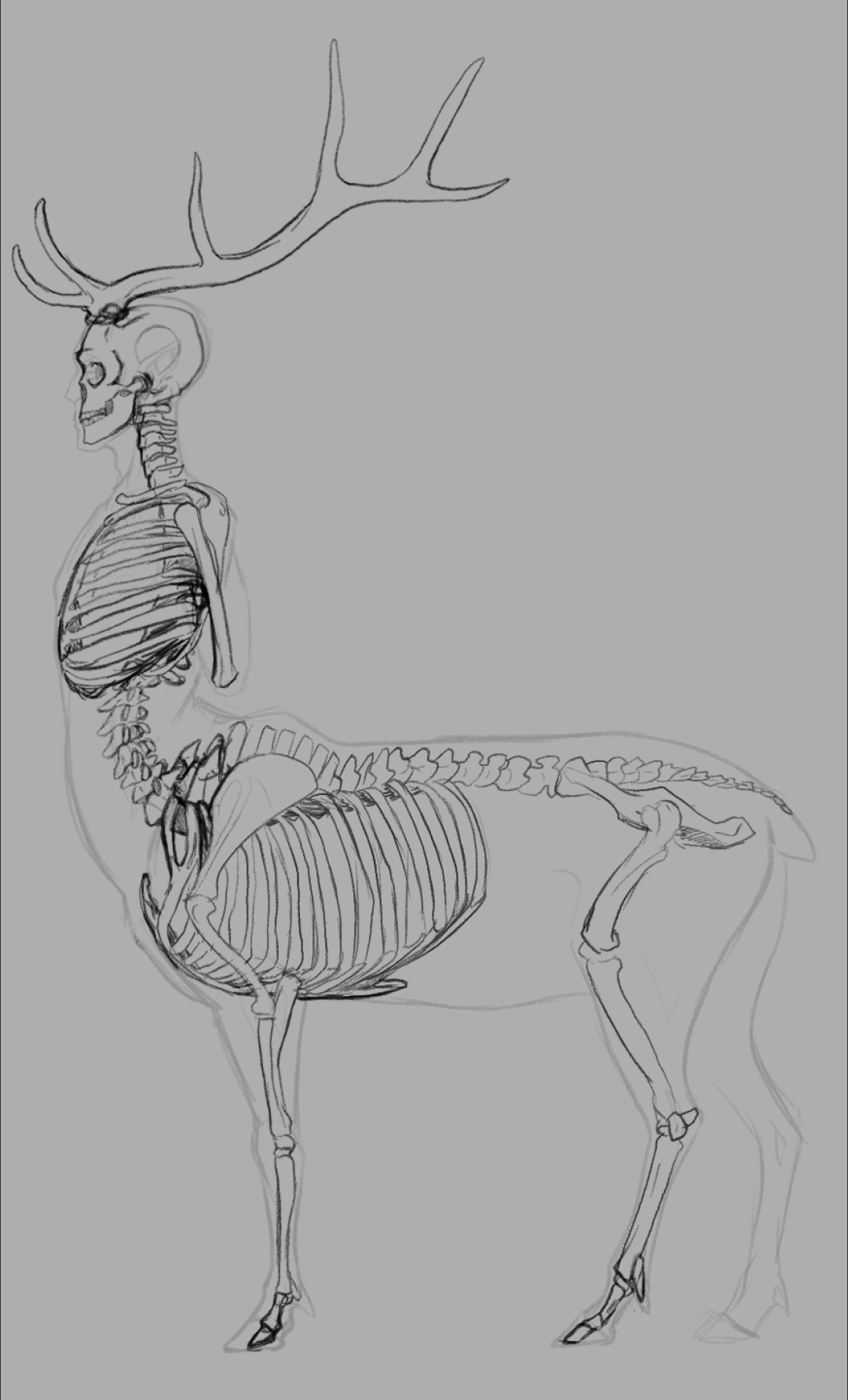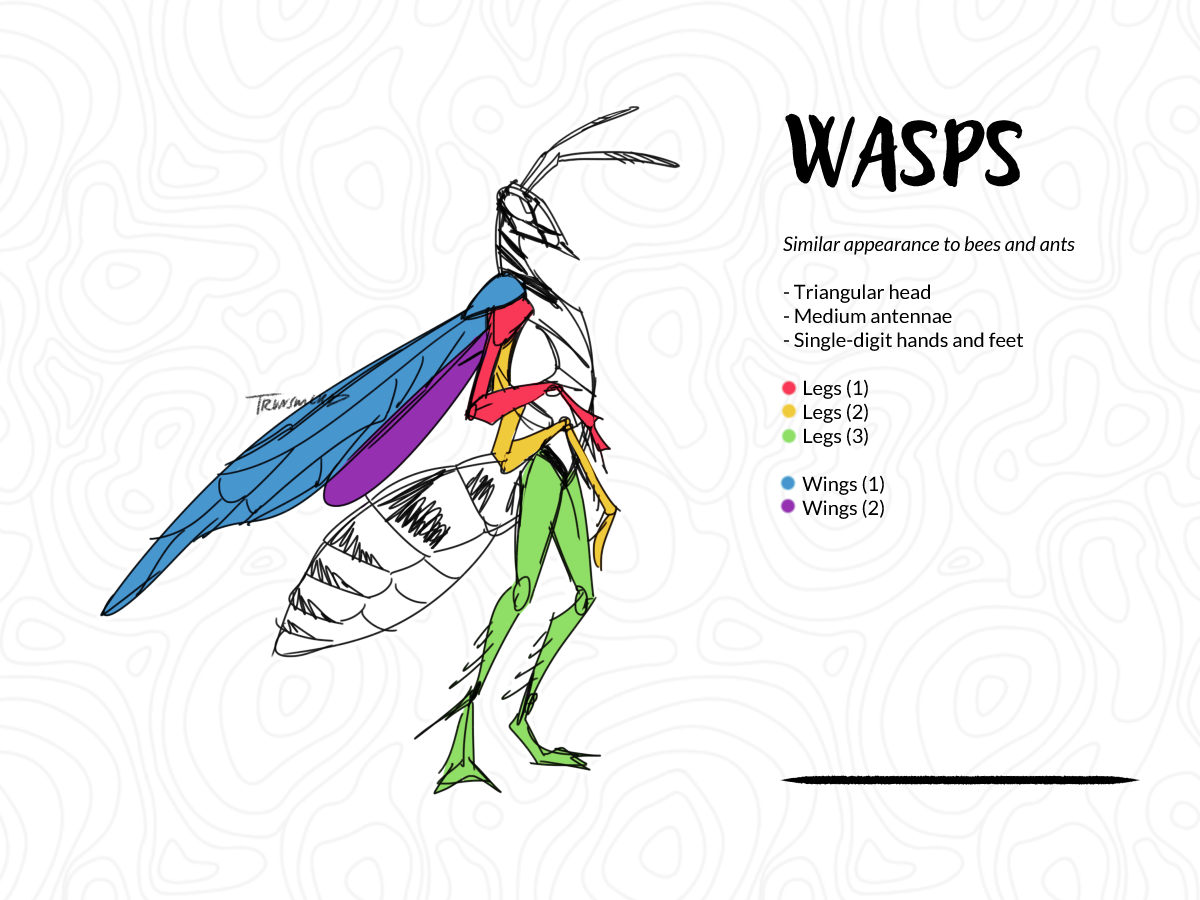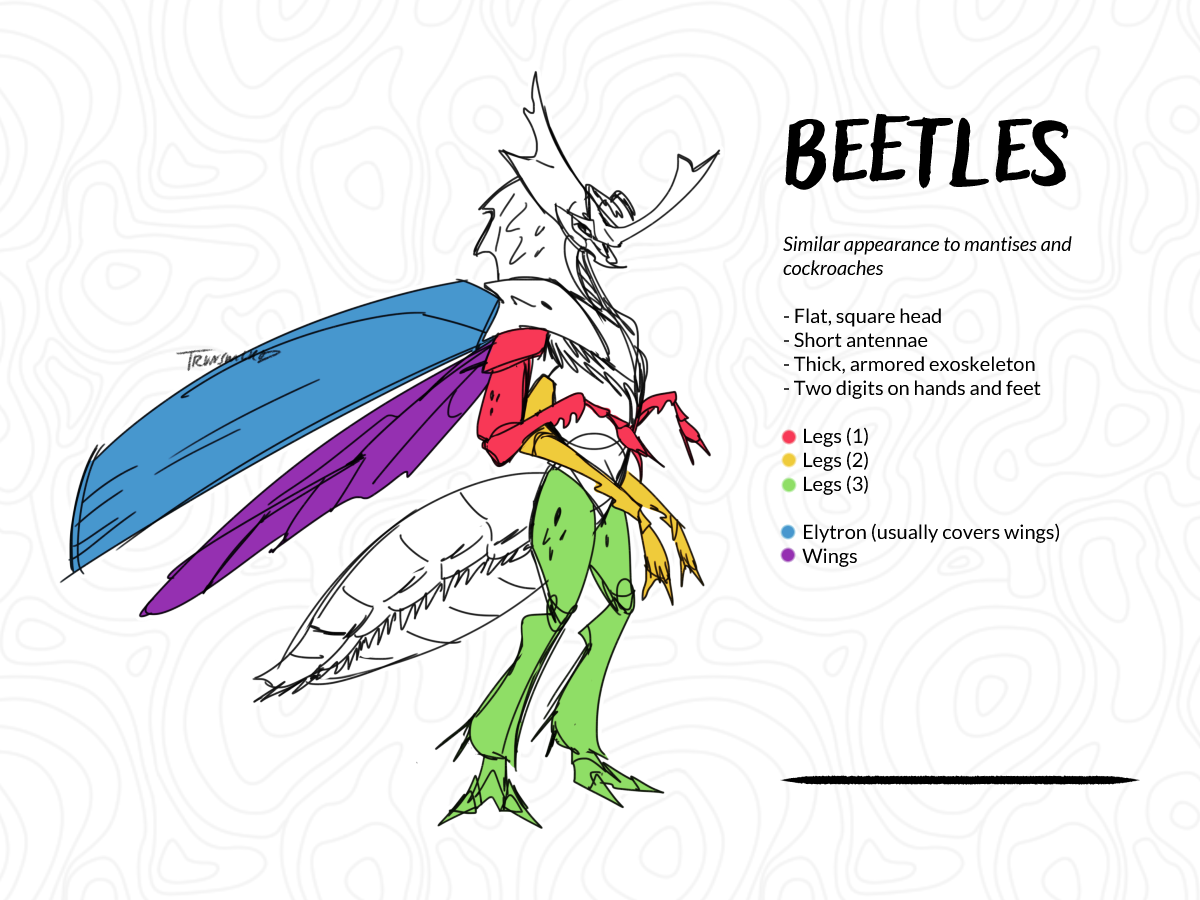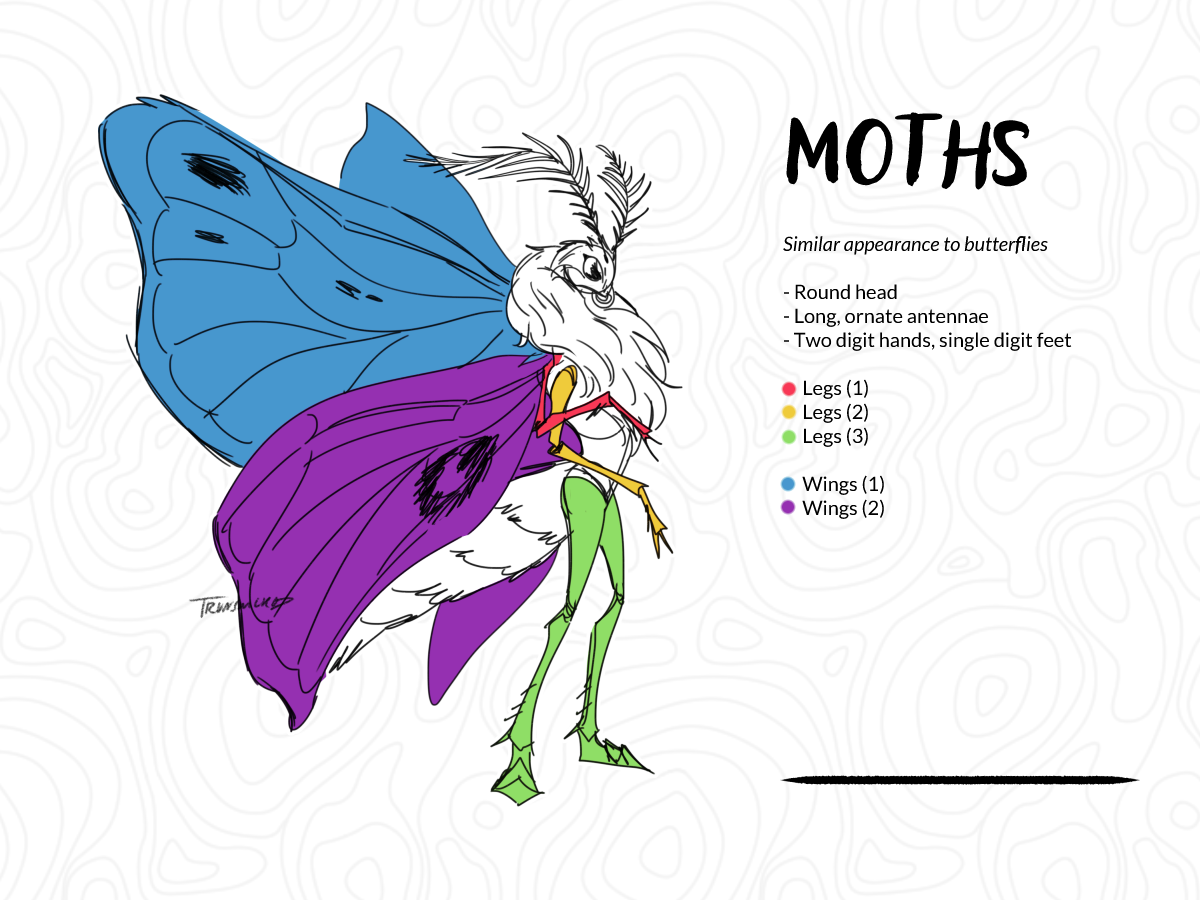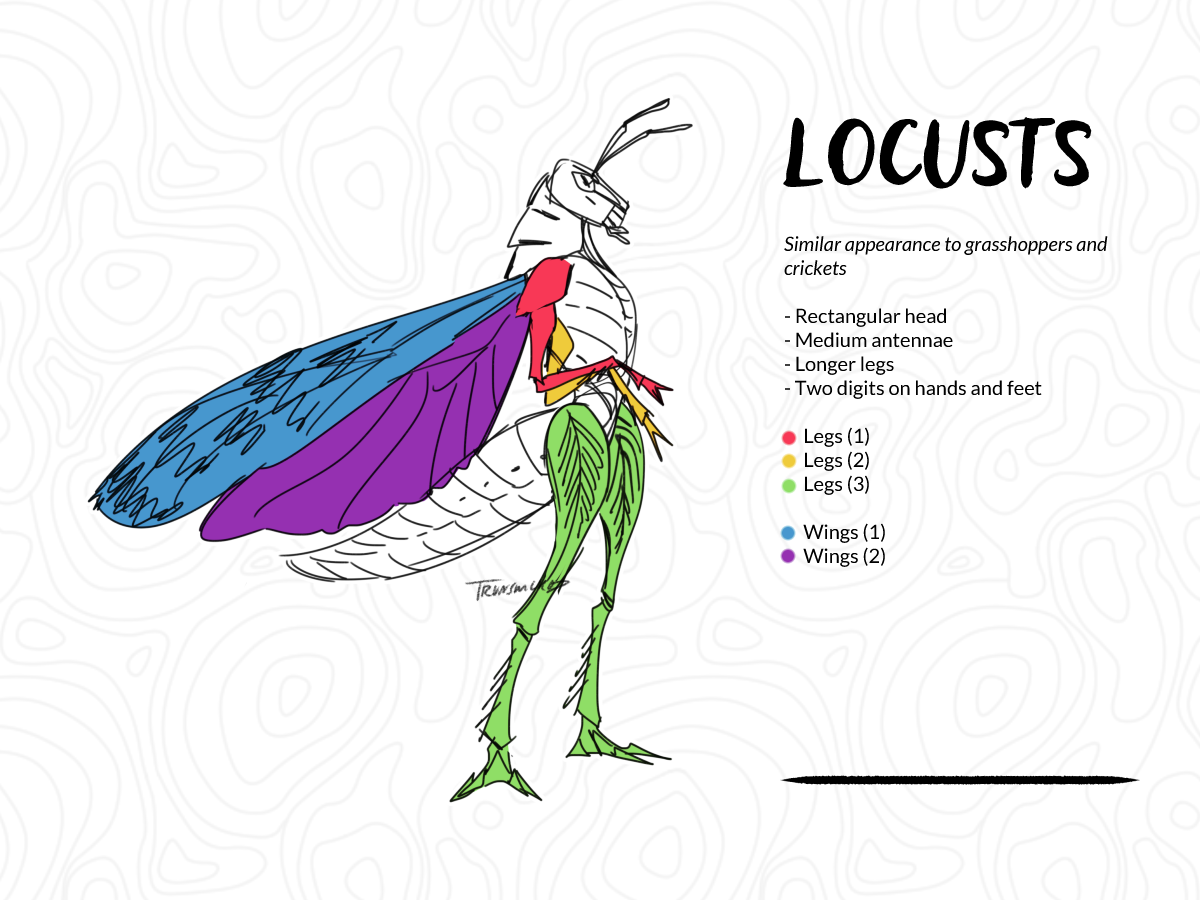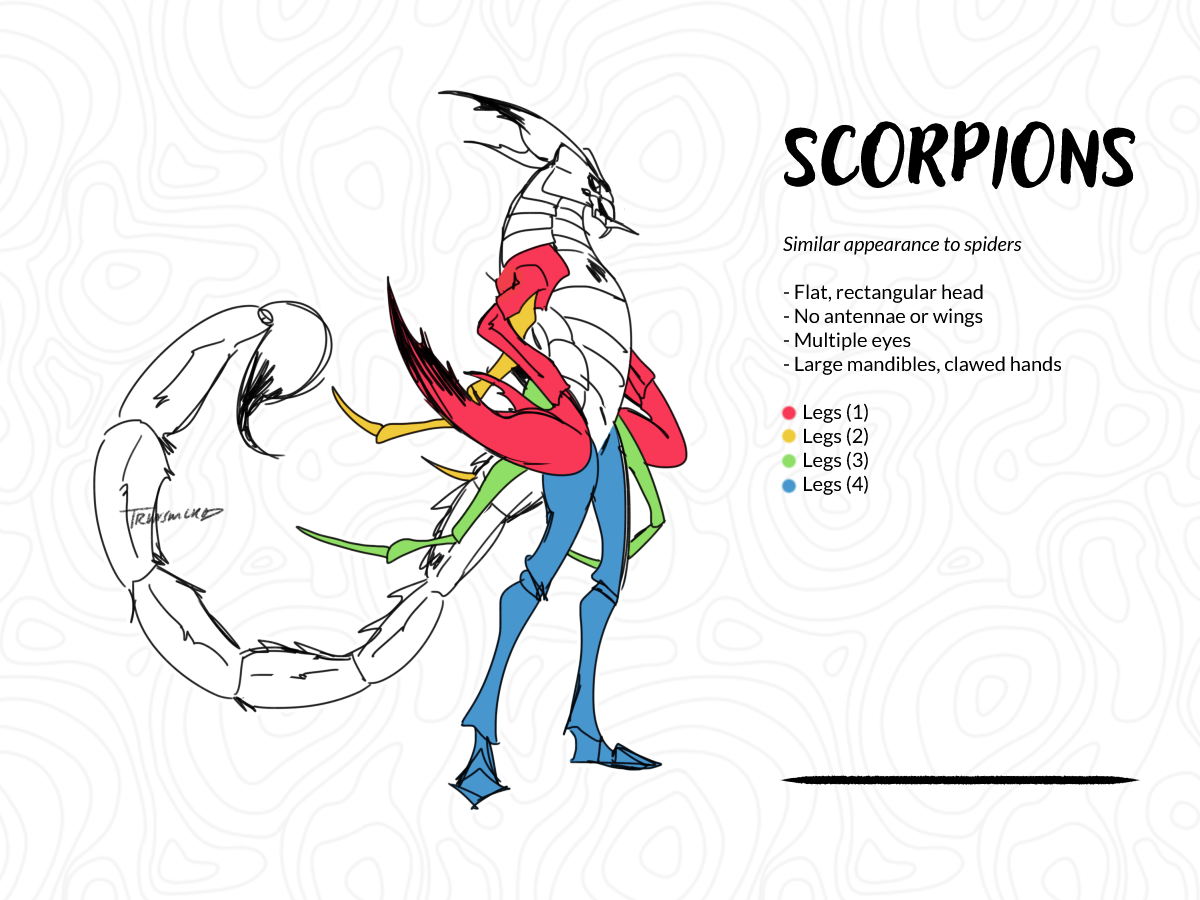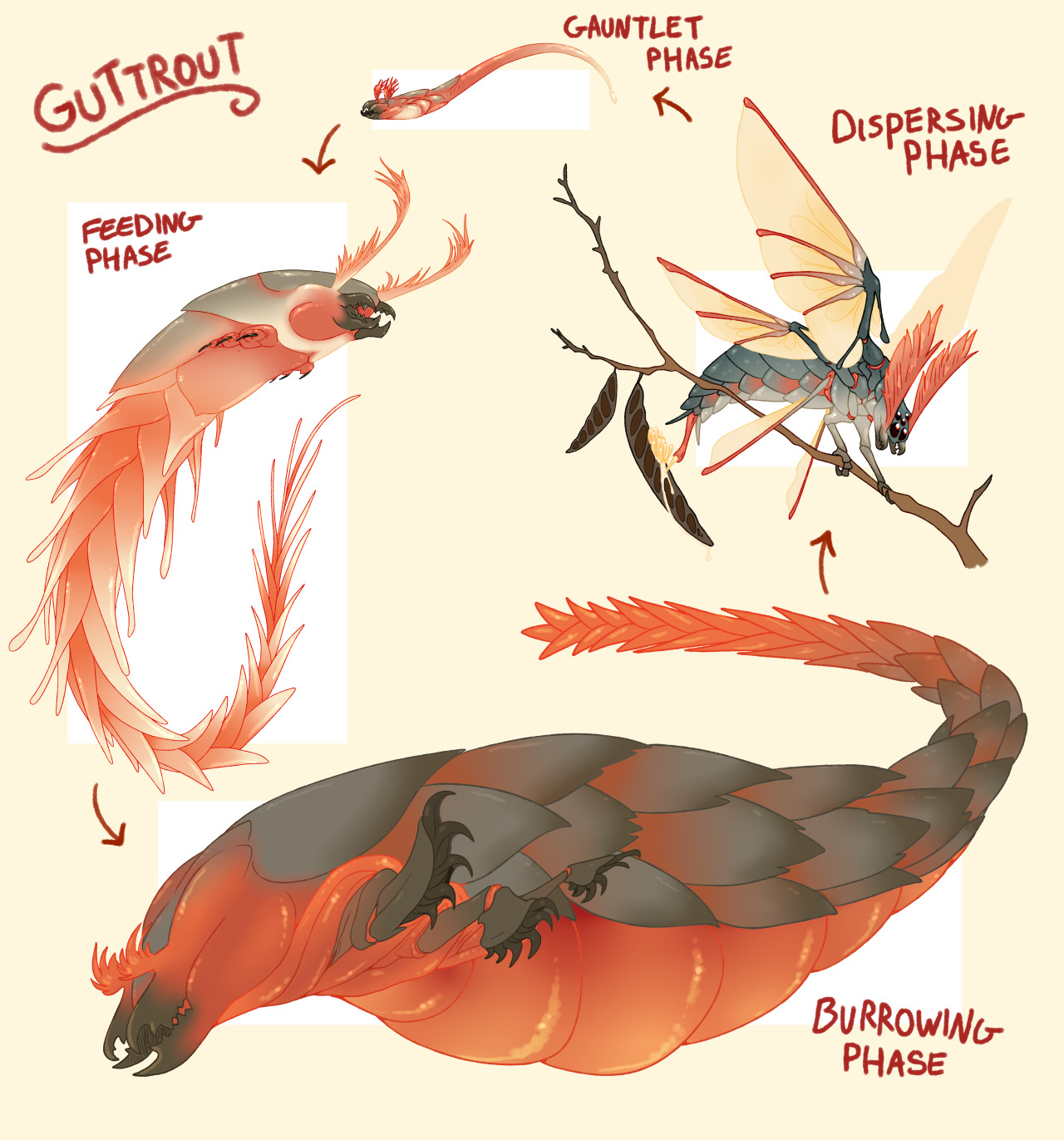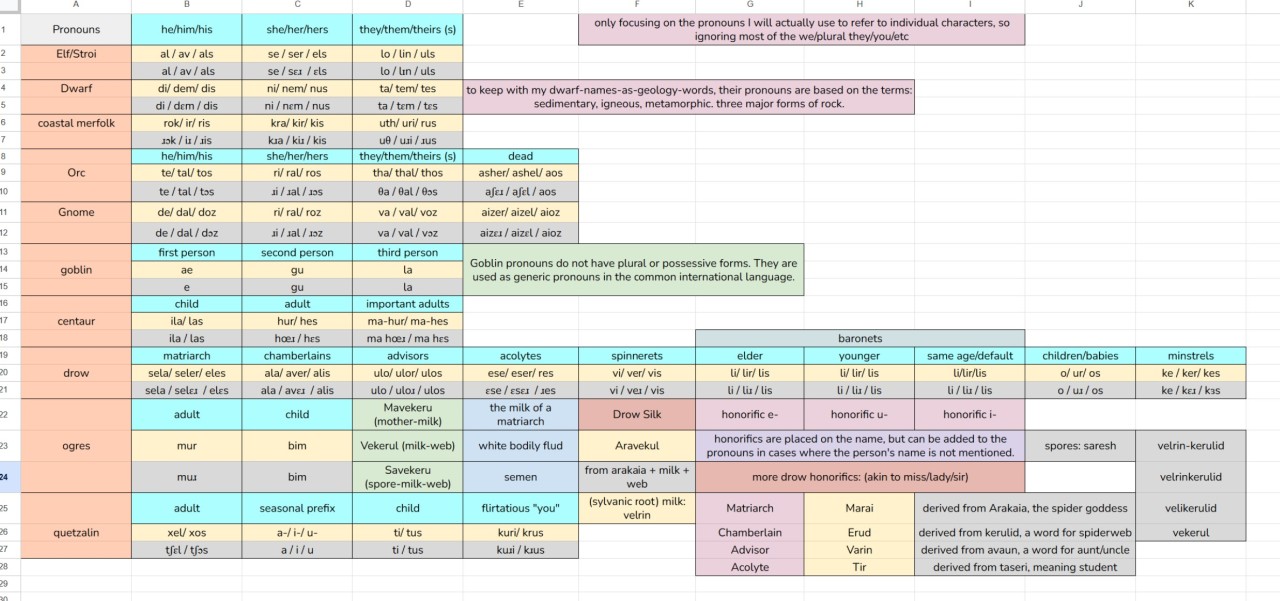ivy-is-fine asked:

(image description: in the ask, there is a detailed drawing of an anthropomorphic dragon with many intricate tattoos.
the next image in the main post is this same drawing but now with a red shape between the shoulder and the wrist of the wing, with an arrow pointing to it with the note “add a propatagium.” There is also a red circle and arrow pointing out a bone strut on the wing elbow, with the note “this bit isn’t needed.”
the last image is a labeled photo of a bat wing, pointing out the different digits of the wing hand and the various parts of the wing membrane, which is called the patagium. end description)
those are the only critiques I have, honestly! sorry it took so long to get to it. the extra membrane between the shoulder and wrist helps the wing move more efficiently, as it contains important connective structures. and the bone strut on the elbow is a common enough design element that I don’t hate it, but so far as I’m aware it just doesn’t exist in any real animals with a membranous wing, including extinct ones. So it just doesn’t need to be there, the wing membrane can just connect to the torso.
this design is super cool, by the way, i love it. tattoos on scaly skin must require some pretty unique tools!



